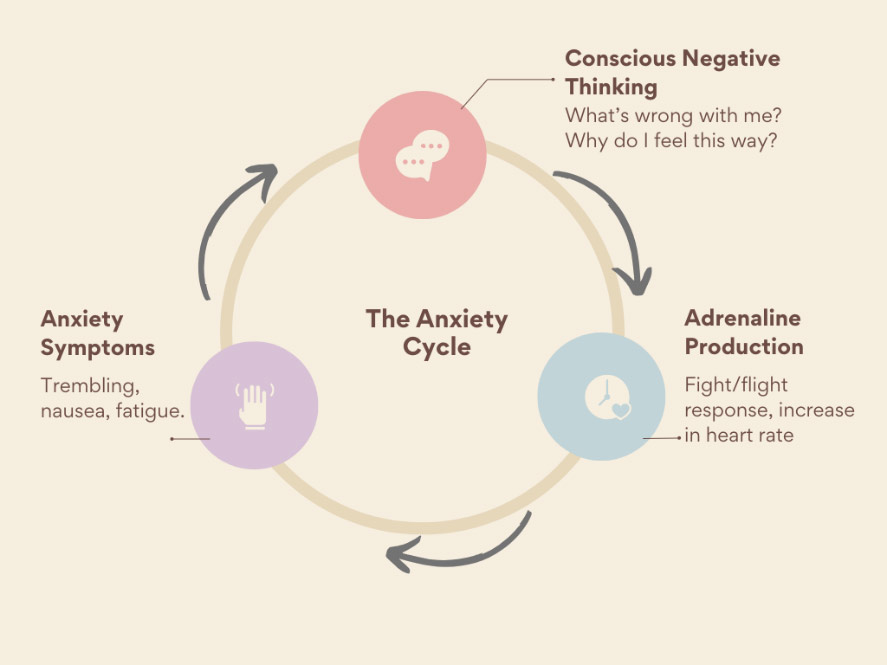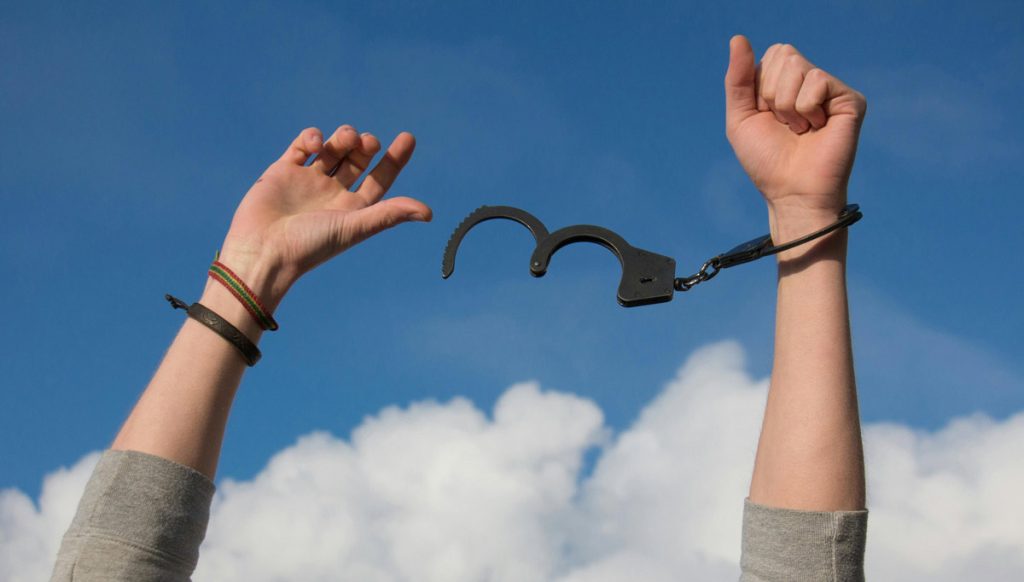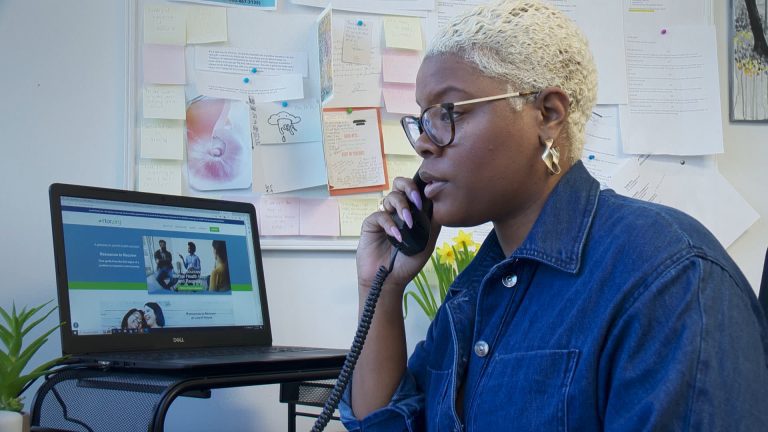What Is the Anxiety Habit?
The anxiety habit—the compulsive cycle of questioning, analyzing, and problem-solving that actually worsens anxiety symptoms—is something I lived with for over ten years. When I first introduce this concept to people, they often seem confused. How can trying to fix your anxiety make it worse? However, understanding this connection was a breakthrough moment in my own recovery, and it’s now a fundamental part of what I teach to others who are struggling.
I’ve always had a strong desire for answers. I’m a problem solver and someone who seeks logic in life. Most of the time, that’s a great character trait as it makes me productive and driven. However, when anxiety struck, that same trait became my downfall.
My Journey: Ten Years Trapped in the Anxiety Cycle
I suffered debilitating symptoms for over ten years, each year being worse than the previous. There was no obvious trigger that started my anxiety, a combination of a few stressful events, most likely, but once anxiety took hold, my investigative mind went into overdrive. Every morning, my first thoughts were:
“What’s wrong with me?”
“How do I get rid of these thoughts?”
“What can I do to make these symptoms go away?”
I was like a dog with a bone. I wouldn’t let it go.
The Compulsion to Find Answers: Why Overthinking Makes Anxiety Worse
This constant questioning consumed me. I researched constantly, online, in libraries, or anywhere I could immerse myself in the subject of anxiety. I visited the doctor, tried homeopathic remedies, and had a long list of things to try next. I was so determined to fix myself that anxiety took over my life, and my symptoms only got worse.
Most of the information I studied was opinion-based, bad advice, or simply didn’t work for me. Eventually, I came across a suggestion that was the very first stepping stone on my own recovery journey. The approach was simple: track and note down when my symptoms were most severe. After a short while of doing this, I noticed a pattern where my anxiety symptoms were worse after a period of searching for answers, questioning, and analyzing. I would compulsively try to get rid of symptoms by questioning them in my head or reading about strategies to get better. A host of anxiety symptoms would follow this.
Breaking the Anxiety Habit: My First Steps to Recovery
Once I recognized this pattern, I knew I had to take action. I decided to disrupt this pattern that I noticed. I forced myself to go on a walk when I felt the urge to start questioning.
“Is this symptom a sign of something else?”
“Why does this keep happening?”
“What will people think of me?”
Physically removing myself from the house removed the temptation to go online or read about the latest recovery method. I began to learn to focus my attention outwards, on the sights and sounds of my walk, rather than inward on my thoughts and symptoms. However, such was my habit, even on my walks, I took my questions with me. Even though I was physically out of the house, I was still mentally sitting in front of a screen trying to find ways to fix my problem.
This was my habit. This was my anxiety.
The realization hit me hard. Once I had made the connection between my problem-solving behavior and my anxiety symptoms, the logic that I was longing for became clearer. I was inadvertently choosing to question everything, which created an adrenaline spike and more intense symptoms. After going through a period of asking myself “What if?”, I’d feel the effects of adrenaline in my body, my heart rate increased & blood rushed to my muscles.
Understanding the Anxiety Cycle: The Three Parts That Keep You Stuck
The answer that I’d spent years searching for was suddenly becoming clearer. Ironically, the habit that I developed trying to fix my anxiety was instead making my symptoms worse. The answer was the opposite of what I’d been doing. With this awareness came real change. I began to learn how to resist the temptation to question everything. It wasn’t easy at first, as it was my habit. The more I stayed away from this conscious questioning process, the more my adrenaline levels would fall, and my symptoms began to ease.

Now I teach others how to develop a new habit. To resist the cycle of questioning and keep our focus external on the sights and people around us, rather than internally on our anxiety and symptoms. I created a diagram to help others understand the three parts of the anxiety cycle.
The three parts of the anxiety cycle consist of:
- Conscious Negative Thinking (questioning)
- Adrenaline Production
- Anxiety Symptoms
How Constant Questioning Triggers Anxiety Symptoms
Understanding how this cycle works is crucial to breaking free from it. It often starts with a stressful life event. Understandably, we react to it and try to make sense of it. We question and analyze to try to find a solution to fix the problem. This is a natural response during stressful situations, but when the questioning continues long after the event has passed, we start suffering anxiety symptoms. Sadly, there are often no answers, but this doesn’t deter us as we’re so strong-willed. We continue to search for answers that aren’t there,
“Is there something else wrong with me?”
Over time, this conscious questioning becomes a habit. We wake up every day and restart our compulsion to scramble for answers. This triggers the body to release adrenaline, which protects us from the perceived threat as part of the automatic fight-or-flight response. Increased adrenaline worsens our symptoms, such as palpitations, nausea, insomnia, and many more.
We then re-enter the questioning phase,
“What’s this new symptom?”
“How do I get rid of it?”
We’re back at the start of the cycle, and the habit continues, so we get stuck going around and around with no clear way out. Like any habit, it’s possible to make a change to overcome it, and I’ve seen many people break this cycle and find relief from their anxiety symptoms.
How to Break Free: Developing New Habits for Anxiety Recovery
Breaking free from the anxiety habit is possible, and it starts with awareness. The key is to learn how our conscious thinking patterns influence adrenaline production and anxiety symptoms. If we can resist the urge to follow our habit to question, a new habit can develop where we stay in the moment with an external focus, giving us relief from our symptoms and the freedom to enjoy life.
Our world will become more perfect when we stop questioning the imperfect.
About the Author: James is the founder of The Anxiety Habit and an anxiety recovery coach who knows what it’s like to feel trapped in the cycle of fear and overthinking. After overcoming more than a decade of anxiety using his own habit-based approach, he now helps others find the same freedom, offering practical tools, coaching, and a self-help book to guide people toward lasting recovery. https://theanxietyhabit.co.uk/
Frequently Asked Questions About the Anxiety Habit
Photo by Pixabay: https://www.pexels.com/photo/low-section-of-man-against-sky-247851/
The opinions and views expressed in any guest blog post do not necessarily reflect those of www.rtor.org or its sponsor, Laurel House, Inc. The author and www.rtor.org have no affiliations with any products or services mentioned in the article or linked to therein. Guest Authors may have affiliations to products mentioned or linked to in their author bios.
Recommended for You
- Why Most Americans Can’t Relax at Home – And What It’s Doing to Their Mental Health - November 28, 2025
- How OCD Took Over My Life (and How I Took It Back) - November 24, 2025
- Does Marriage Counseling Work? It Depends on Your Commitment - November 20, 2025







